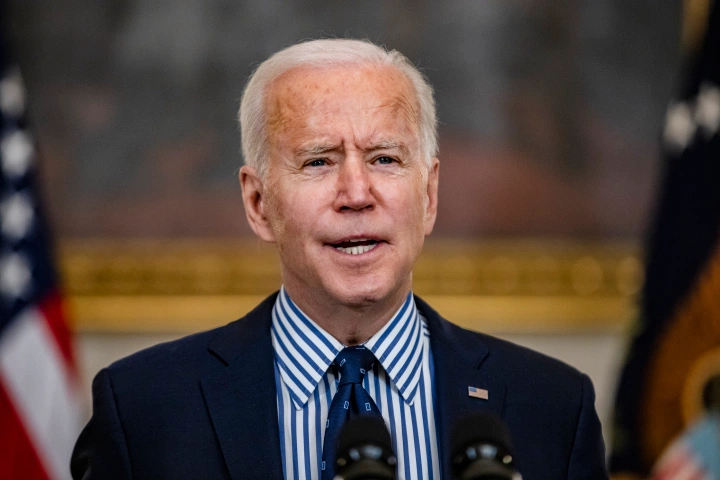Michael D’Angelo, Staff

Pictured above is Federal Reserve Chairman Jerome Powell. Powell led this week’s FOMC meeting, forward-signaling the Fed’s monetary policy strategy and lending clarification to eager market makers.
Since the Federal Reserve’s inception in 1913, the central bank has made a profound impact on the nation’s commercial banking sector, monetary policy and the world. The Federal Reserve, or the Fed, operates as our nation’s commercial banking regulator, monetary policy interventionist and financial stabilizer. The Fed is made up of 12 member banks which assist an assigned geographic area around the country and help with banking services and compiling data in the area. The Fed’s main goals are price stability, maximum employment and maintaining moderate long-term interest rates.
The Fed meets eight times a year with members from other area banks known as the Federal Open Market Committee (FOMC). The FOMC consists of 12 members, which come from the Board of Governors of the Fed and Reserve Bank presidents. The FOMC is responsible for managing the country’s money supply.
The current chairman of the Fed is Jerome Powell. Powell has served in this role since 2018. An alumnus of Princeton and Georgetown, Powell worked shortly in investment banking in his early career and later went on to start working in public service under Former President George H. W. Bush. Since his time at the Fed, Powell has neither been described as either a dove, which is a policymaker interested in low unemployment and low interest rates, nor a hawk, which is a policymaker more concerned with stifling inflation. Instead, Powell has been described as a major mediator: one to find a consensus in monetary policy and the economy. He has been known to listen to many different members of Congress’ views on the economy.
The FOMC met live today at 2:30 p.m. to discuss the economy’s recovery. With three vaccines in full swing and a new stimulus package passed, many of the challenges induced by the coronavirus pandemic are seeming smaller, and recovery has been top-of-mind among regulators. As a result, speculators are expected to grow more eager to reenter the market after a tumultuous year.
Many investors are concerned with the recent rise in treasury yields and inflation. Powell has discussed inflation a few weeks ago, and he does not believe inflation to be a major concern. As expected, he reiterated this point during today’s FOMC meeting. The Fed’s Summary of Economic Projections in December estimated GDP to be 4.2 percent, unemployment to be at 5 percent, and core inflation to be at 1.8 percent for 2021. Some believe these estimates rely on optimistic outcomes regarding vaccine rollouts and business reopenings.
Market conditions indicated investors were not expecting a change in interest rates announced at the meeting, and there was none. Powell made it clear that the Fed would employ ample forward signaling before implementing any drastic, market-moving changes such as a tapering of treasury yields. In a Q&A with reporters, Powell made it clear that there needs to be significant progress made in economic recovery to consider the action. Currently, the federal funds target rate (the rate commercial banks lend to each other) is set from 0 to 0.25 percent. This was set low by the Fed to stimulate credit markets and encourage lending to businesses afflicted by the economic shutdown that occurred last March in response to spiking COVID-19 transmission rates. As we recover from the pandemic, the economy’s fate will be placed not only in the hands of the FOMC and the Fed but in the average American’s consumer confidence and their ability to spend money. A recovery in consumer confidence followed by an economic recovery will likely prompt the Fed to change course, when that will happen remains an uncertainty.
dangelom2@lasalle.edu



